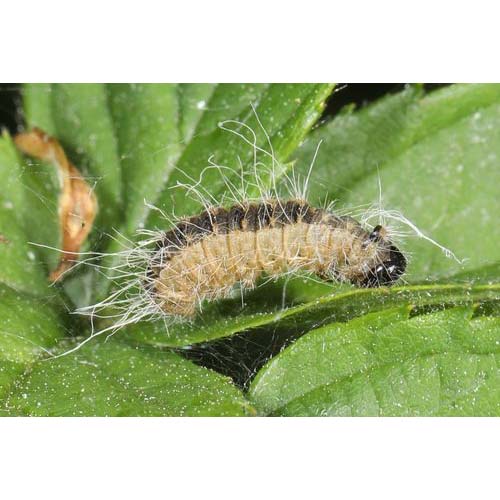


| Latin Name | Thaumetopoea processionea |
| Common Name | oak processionary moth |
| Biology | Lepidopteran (Notodontidae); larvae form communal silk nests; feed on pine needles; larvae have urticating hairs; univoltine. |
| Damage | Defoliation of pine trees; larval hairs cause allergic reactions in humans/animals. |
| Distribution Regions | Europe (e.g., France, Italy, Germany) and Middle East (e.g., Turkey) in pine forests. |
| Monitoring | Pheromone trapping (sexual pheromones); visual detection of silk nests. |
| Recommended Traps | Delta traps or funnel traps baited with Thaumetopoea processionea pheromones. |

分享您的联系信息,即可获得精准匹配的信息素解决方案。如果我们现有的产品组合缺乏最佳匹配,我们的合成化学团队将启动定制开发——从分子结构设计到规模化生产。